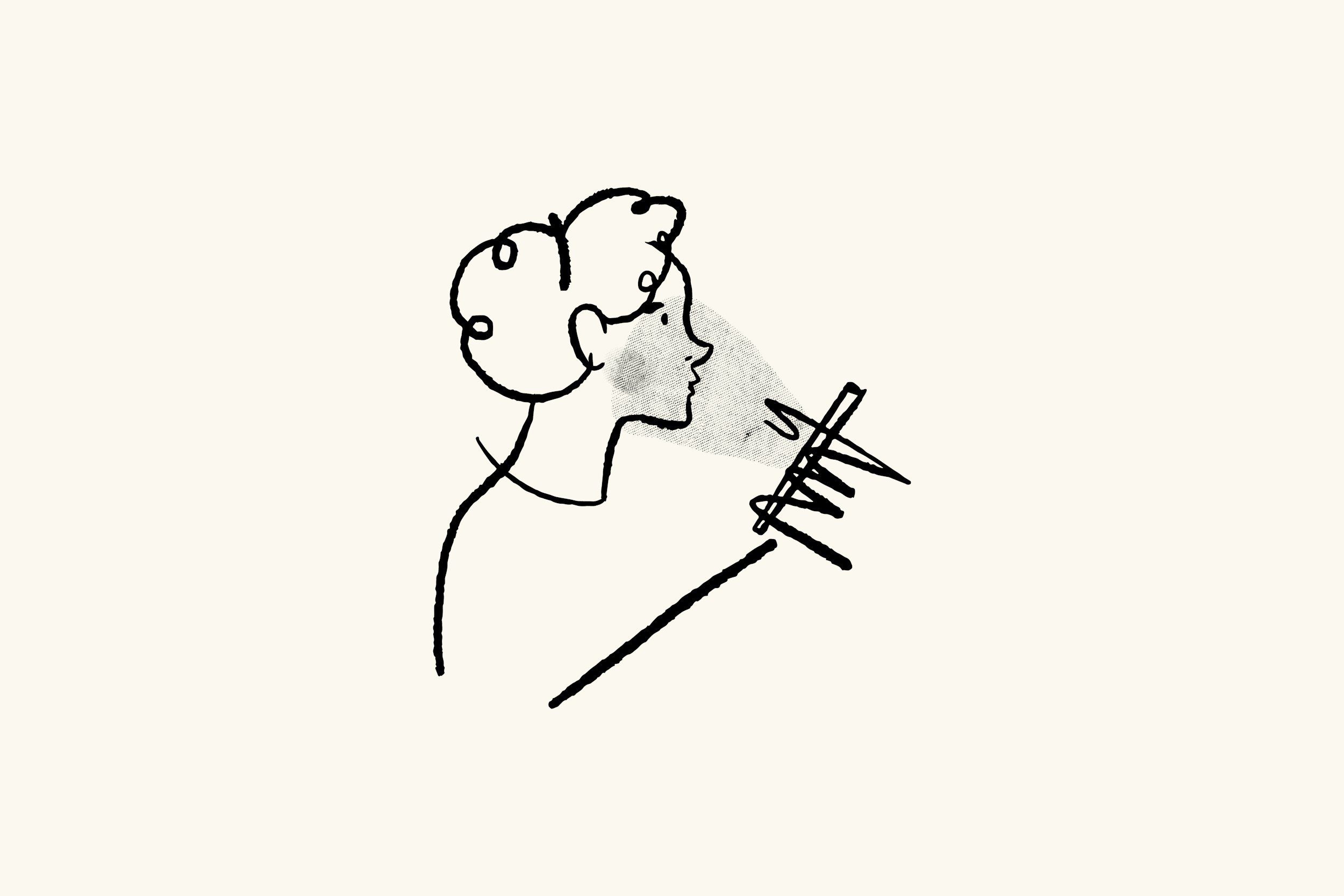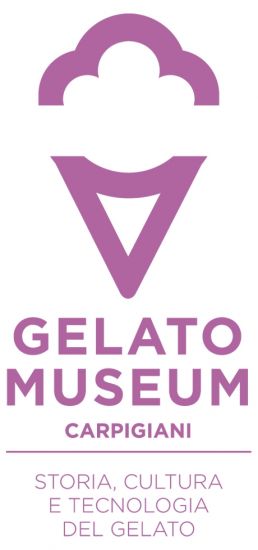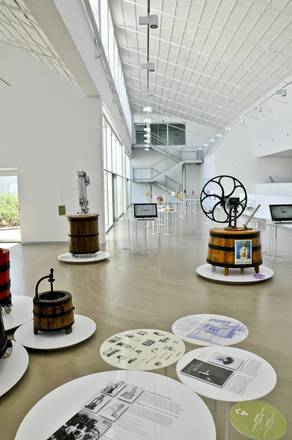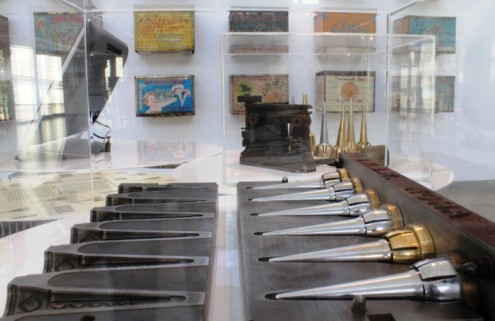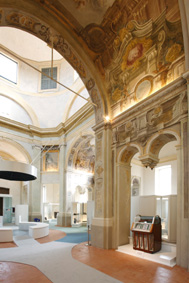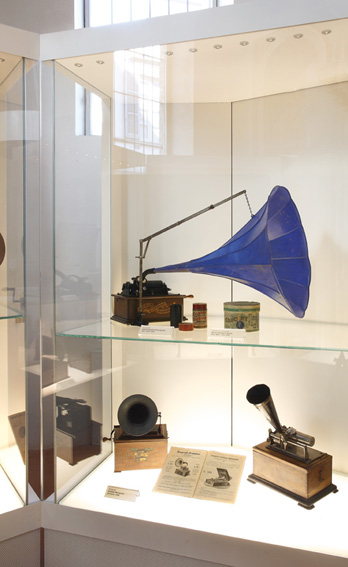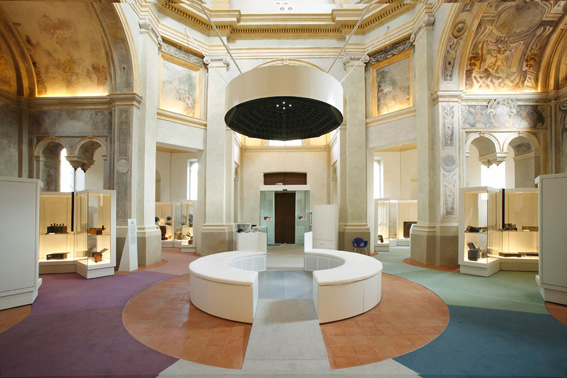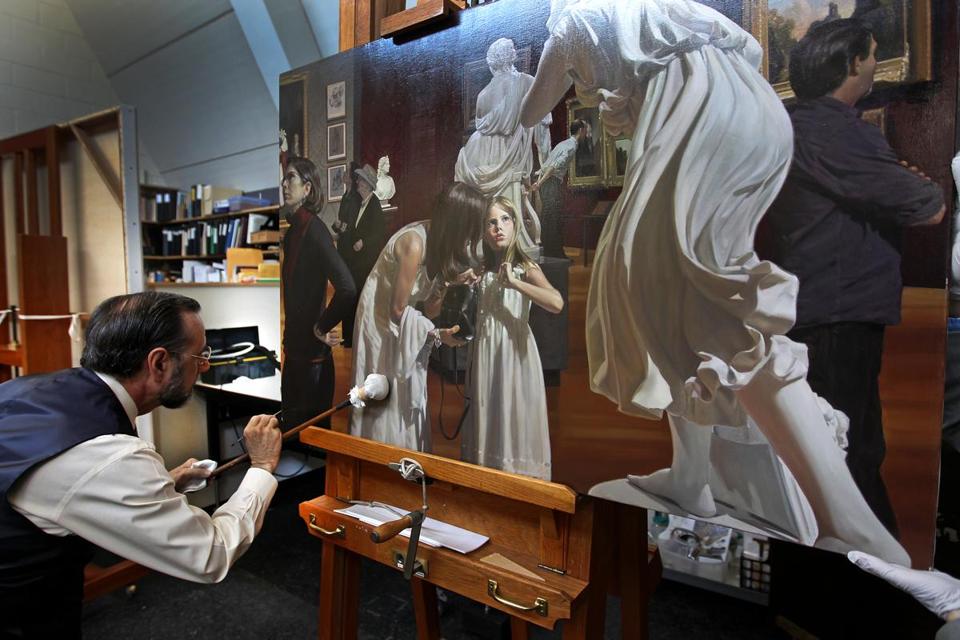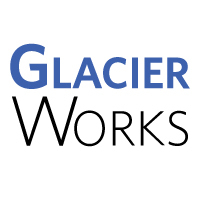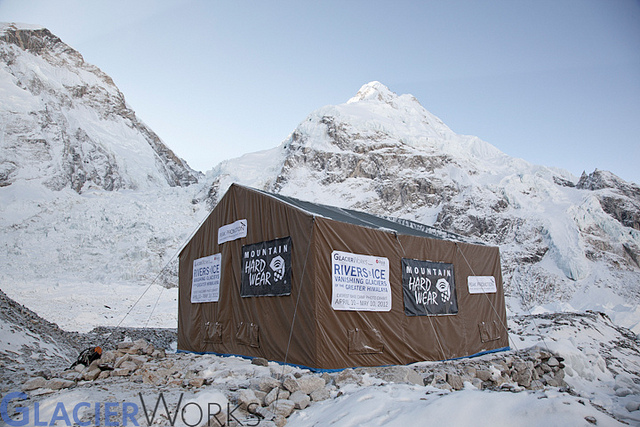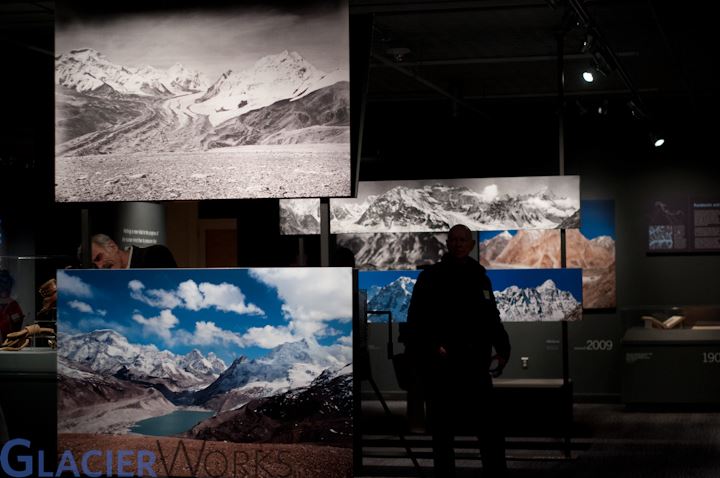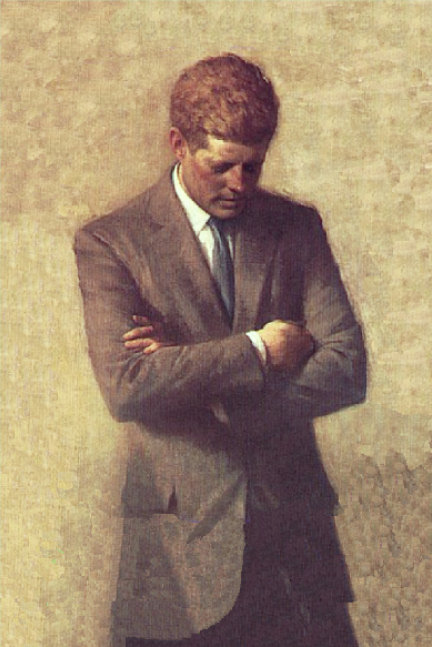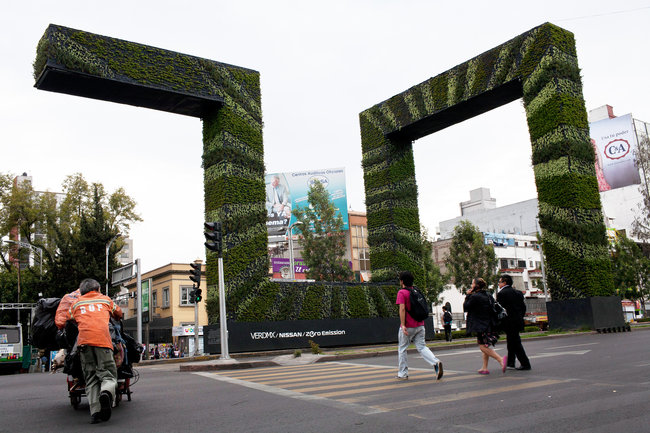 There may be no better way to beautify a city (or most cost effective way, in many aspects) than by using public works of art.
As I have written about before, cities, especially cities that are losing population and/or facing severe budget shortfalls, are turning more and more to public art to revitalize areas and encourage more tourism. And as I wrote about last week, cities are turning more and more to what makes them unique, a significant change in focus from the tried and true method of trying to outdo or outclass your neighbors. Gone are the days (I hope, at least) of cities competing for visitors by building bigger stadiums or concert halls in an attempt to prove that they are, in fact, the most exciting city this world has ever seen.
There may be no better way to beautify a city (or most cost effective way, in many aspects) than by using public works of art.
As I have written about before, cities, especially cities that are losing population and/or facing severe budget shortfalls, are turning more and more to public art to revitalize areas and encourage more tourism. And as I wrote about last week, cities are turning more and more to what makes them unique, a significant change in focus from the tried and true method of trying to outdo or outclass your neighbors. Gone are the days (I hope, at least) of cities competing for visitors by building bigger stadiums or concert halls in an attempt to prove that they are, in fact, the most exciting city this world has ever seen.
In light of all this talk about urban renewal, green spaces, and new works of public art, what are some of the latest and greatest pieces of work on display? A number of outlets, including the New York Times, the Atlantic and others, have recently taken a look at works from across the world, and I have assembled them here for your viewing pleasure!
The New York Times recently took a look at a new project in Mexico City that seeks to provide both aesthetic pleasure and help the environment: a set of three “eco-sculptures” that comprise a sort of urban garden in the city. As you can see in the image above, these arches, comprised of thousands of plants each, are an attempt to beautify the city and help ease pollution in the large metropolis. Installed by a local non-profit, the sculptures are part of an overall effort to help green a city that is not particularly known for having a sustainable reputation; as the New York Times reports, these three sculptures are just a small part of a broader garden movement, and the attention these works of art have received are bound to make the effort that much more noticeable.
Over in Los Angeles, a new public art project has taken a little of bit of nature and transported it, visually at least, to an urban area. Artist Paige Smith has crafted little miniature geodes, crystals that form inside of some rocks, and installed them in unassuming places around the city: inside pipes, brick walls, or even the cracks of a wall. Smith has created little 3D sculptures made of paper to have the appearance of geodes, and the result is a unique little diversion from the normal city wall. She’s up to a dozen installations across the city, and you can see a full map of locations on her website.
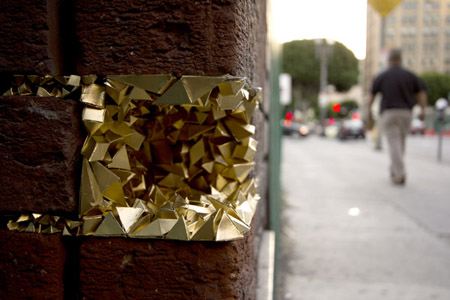
(Photo courtesy of Paige Smith)
In St. Louis, public art is being used to help solve a problem: how do theatres make their patrons more efficient? In other words, is there a way to encourage patrons to stay longer and keep themselves busy, instead of just standing around waiting for the show to start?
A piece is going up in the Grand Center neighborhood of St. Louis that is designed to encourage patrons and visitors to stay a while. Titled “A Chromatic Confluence,” it will be a mazelike sculpture made up of about 20,000 feet of different colors of string. The overall structure will be fairly large in size, about 25-feet by 65-feet, and will be lit up at night, as you can see below. Hoping to draw in patrons and foot traffic, it is an attempt to grab people’s attention and give them something to do before the show starts. The piece is the first of a planned series of public art projects in the St. Louis area, in an overall attempt to bring more culture and artistic pieces to the city.
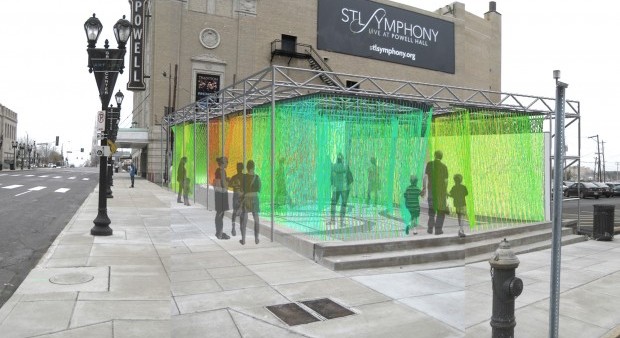
(Photo courtesy of the St. Louis Post-Dispatch)
Overseas, the city of Manila is moving ahead with public art, but is doing so in an attempt to be as environmentally sustainable as possible. Manila has the distinction of being one of the world’s most polluted cities, and attempts have been made in recent years to help cut down on emissions and improve air quality.
Courtesy of the Atlantic, a local Philippine company has created a paint which it claims can help purify the air while being used, and since the discovery, murals have been painted all over the city in attempt to not only beautify areas of the city that been victims of neglect and destruction, but also help the environment as well. The BBC recently filed a report about the paint and the attempt to improve the city through public art.
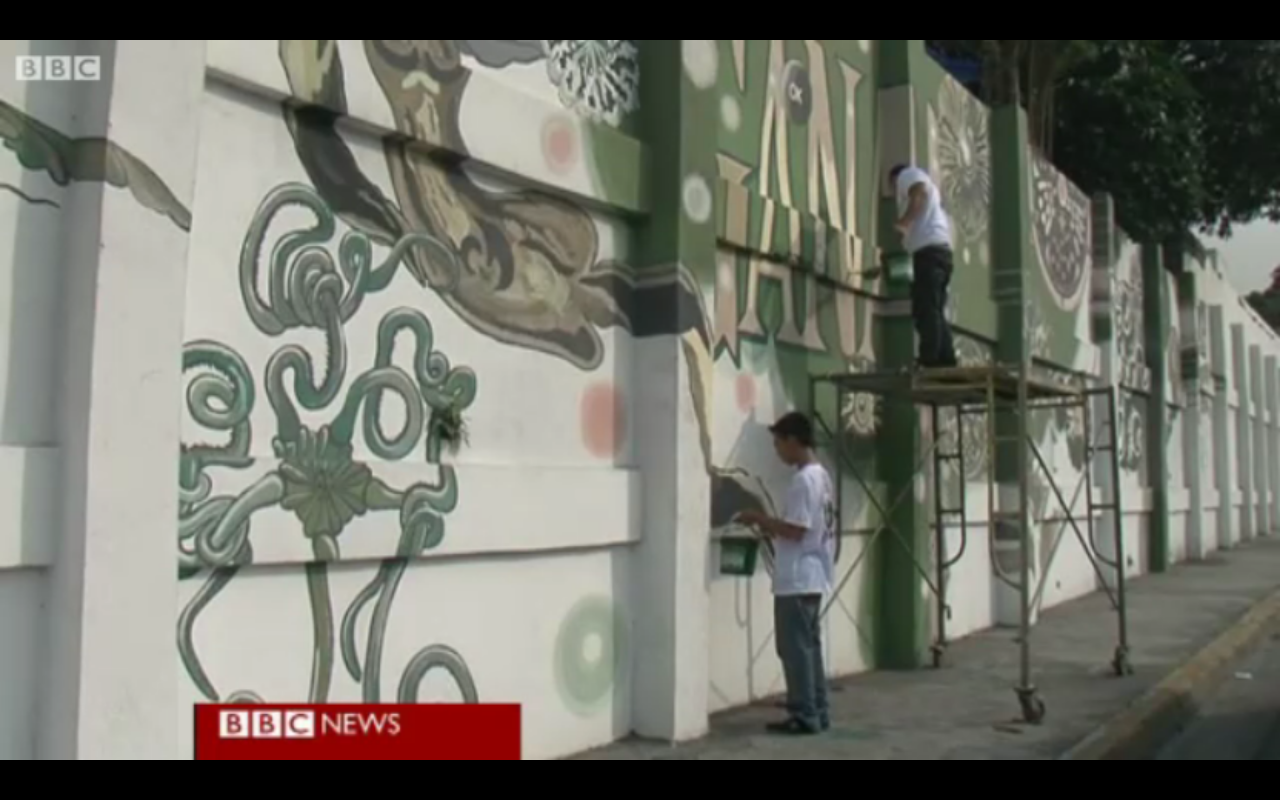
(Photo courtesy of The Atlantic)
These are just a few of the examples of cities using public art to help improve the aesthetic quality of their cities. Many more projects are underway, popping up in cities all across the United States and the world. What are some of your favorite public works of art in your cities, or perhaps favorites you’ve seen in others? Feel free to comment below!
(Top photo courtesy of the New York Times)
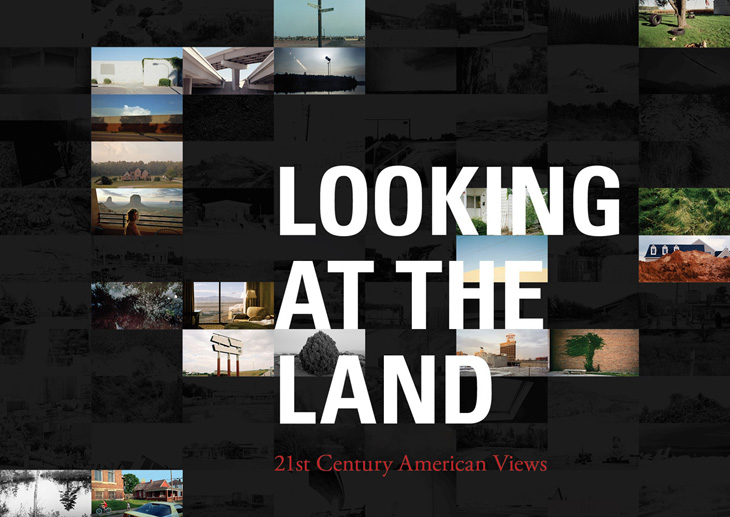 You may remember our conversation with Andy in May when we discussed the concept of Photo 2.0 and the role of Web 2.0 technologies in redefining the field of photography.
You may remember our conversation with Andy in May when we discussed the concept of Photo 2.0 and the role of Web 2.0 technologies in redefining the field of photography.

